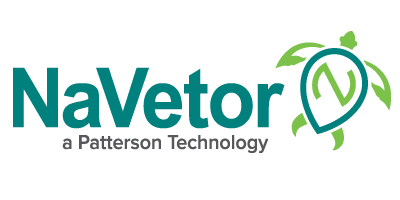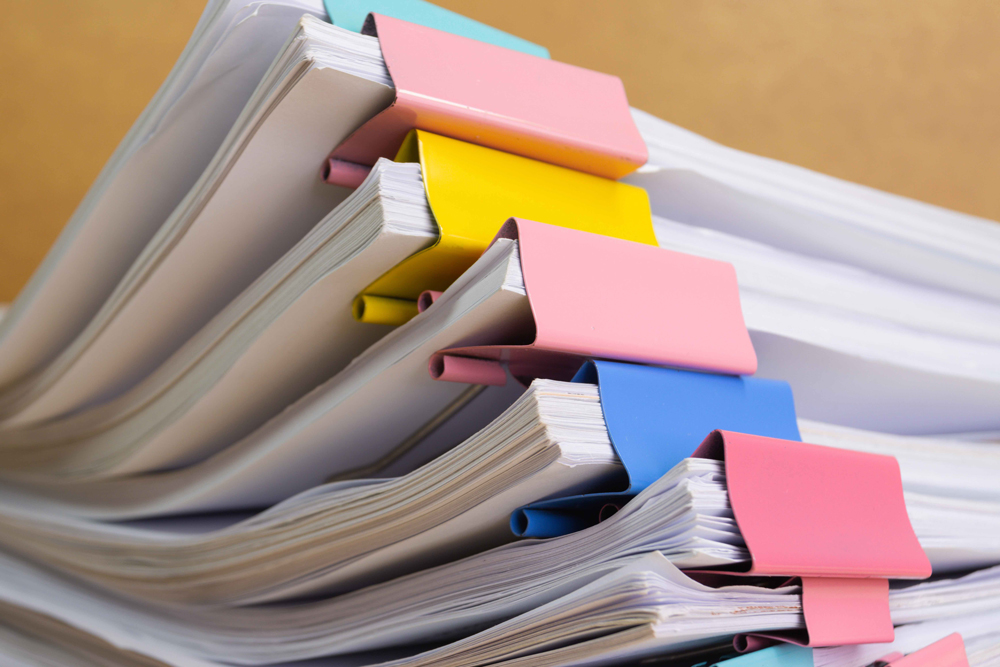Veterinary software has undergone significant transformations, particularly over the past several years. From email, text, and automated direct mail reminders to appointments and payments made via a mobile app, veterinary technology we use today is often paperless. While the advantages are as numerous as the options available – including saving time and space, increasing efficiency, and automating many time-stealing tasks – some veterinary practices remain reluctant to move to a paperless system. They have their reasons, of course. Some prefer traditional paper methods. Others may think that transitioning to paperless is not cost-effective, while others simply feel more at ease with paper in their hands. However, sticking to traditional practices solely for their long-standing nature may not be the most advantageous approach.
Transitioning to Paperless
It’s important to acknowledge that the shift to a paperless system could seem overwhelming for some veterinarians or their staff members who are naturally accustomed to having everything on paper. But they may not be fully taking advantage of all that their practice management software offers. This can be frustrating for some staff members who see the lost efficiencies in not going paperless but have a hard time convincing the rest of the team.
With proper guidance and support, staff members can gradually adapt to the digital environment. The key is to strike a balance between technological efficiency and accommodating the preferences and comfort levels of each team member. Taking small steps toward adopting a paperless or even a “paper-light” approach can help them become more comfortable with the transition. If you find yourself in this predicament, slowly start introducing paperless methods to your staff. You may want to consider designating a staff member to oversee the process and help with scanning records, documenting procedures, and training the rest of the team. This will hold someone else in the practice accountable in helping make this important transition.
Getting Started
Transitioning to paperless will require certain data. After all, you can’t email an invoice without a proper email address or text a reminder if you don’t have a cell phone number. Start by reviewing the Report section of your software for clients with missing data. By going through the report, you can ensure that all necessary information is captured as part of the paperless process. One specific aspect to consider is whether the phone number provided is a mobile number suitable for texting. Throughout the paperless journey, you can continue to update and verify client information to enhance communication effectiveness—without a postcard and stamp.
One great place to start is with appointments. Instead of relying on that big, bulky appointment book, your practice can use a digital calendar. With our new mobile way of life, many practices have already grown accustomed to this change. By allowing easy accessibility for everyone involved … and from wherever they may be, the transition was nearly impossible not to make for most practices. For those who still prefer to have a physical copy, it is always possible to print it out.
Invoices are another effective area to start shifting to paperless. Doing so reduces paper usage for invoices, receipts, future appointments, and provider notes. All this information can be consolidated into a comprehensive invoice report. For example, NaVetor offers a convenient feature that automatically includes charges based on the type of appointment. This streamlines the process and eliminates the need for manual input, saving both time and effort. Moreover, by understanding the preferences of individual clients, the system can be set up to automatically send invoices via email. Again, if someone prefers a hard copy, the option to print invoices will always be available.
Mobile apps also help automate processes while simultaneously propelling the practice into the new paperless age. For example, NaVetor offers a mobile app for staff members that allows them to complete most client-facing tasks on the app as well as in the software, including scheduling appointments, updating clients and patients, invoicing, and collecting payment. Staff members who use the app are encouraged to utilize its features even more frequently, paving the way for the increased use of a paperless system.
Medical Records and Files
While using paper files may offer a sense of comfort, electronic files simply provide too many benefits to ignore, including increased efficiency, improved organization, better security, and a host of other advantages that contribute to a more streamlined and modern veterinary practice.
For example – consider space optimization (removing paper file shelves or cabinets can free up a ton of space to be used for other purposes such as adding an exam room) and time savings (the days of hunting tirelessly for misplaced files are over). Instead, you can access patient records and schedule appointments within seconds. These smaller time savings accumulate into significant hours saved by the end of each week. And that means you can redirect your focus to providing the best possible care for your patients.
Not all paperless features or tasks may work for all practices, but when a practice finds the right balance, it will reap the rewards in time savings and increased efficiency. Keeping you organized and your patients and clients happy are NaVetor’s top priorities.

